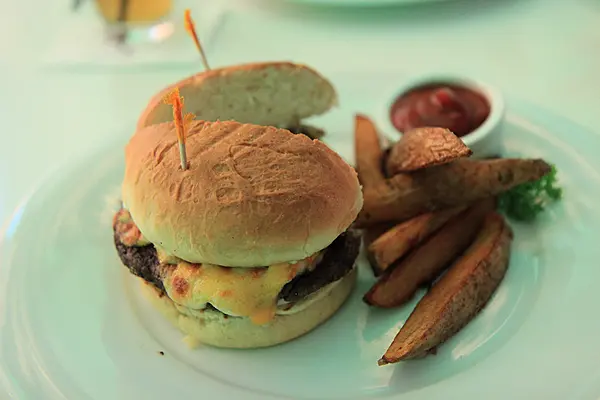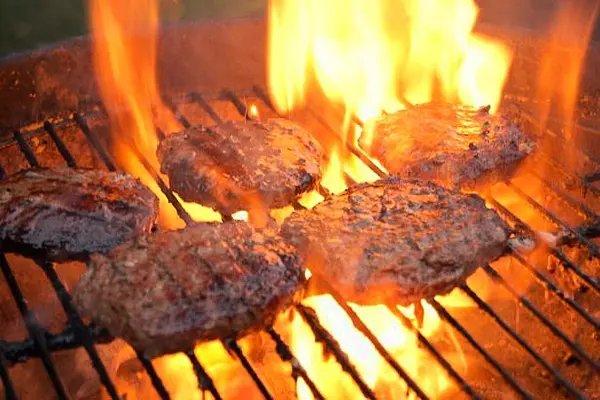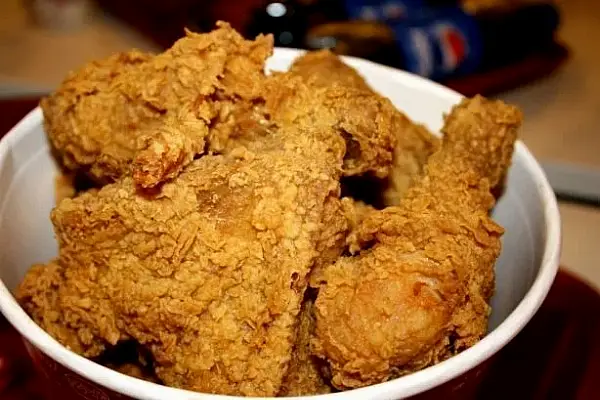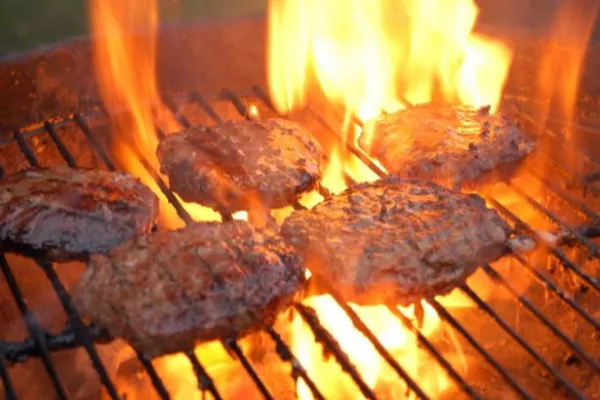Bored with hamburgers? I may have the solution.
How about a camel burger? You can follow up with a cup of camelccino with camel-milk chocolates on the side.
Yep. Yum.
The burger-with-a-difference is on the menu at the Emirates Palace in Abu Dhabi, where there's no shortage of tourists willing to pay 110 dirhams ($30). The patty is topped with 24 carat gold flakes, fitting for a hotel that makes the Palace of Versailles look minimalist.
Chef Carmine Pecoraro says the 200 gram (7 ounce) patty is made with minced leg meat, to which he adds cumin, garlic powder and onion powder before cooking it over a gas-fired charcoal grill.
It's served in a sesame bun with lettuce and tomatoes, rather like a Big Mac, only the cheese is halloumi, not American. The fries are chickpea fritters, and on the side comes a pot of tabbouleh and Arabic pickles.
The dish isn't really aimed at locals, who know the prime cut comes from the hump, where more fat means more flavor. The meat of young camels is particularly prized and can be served as a wafer-thin delicacy at weddings.
My previous experience of camels was limited to a ride around the Pyramids and to a dish served by chef Alain Ducasse at Idam, his restaurant in the Museum of Islamic Art in Doha. There, it's hung for three to four weeks, braised for six days then served with with foie gras, soufflé potatoes and black truffle. At 390 Qatari riyals ($107), it's the most expensive item.
So how does camel taste? At best, you might describe it as gamey, with a deep, dark flavor somewhere between beef and mutton combined with a hint of farmyard. I enjoyed the budget Abu Dhabi camel more than the luxury Qatari.
The patty is slathered with Dijon mustard and topped with crispy onions. It's still a bit dry.
Article by Richard Vines, chief food critic at Bloomberg.









